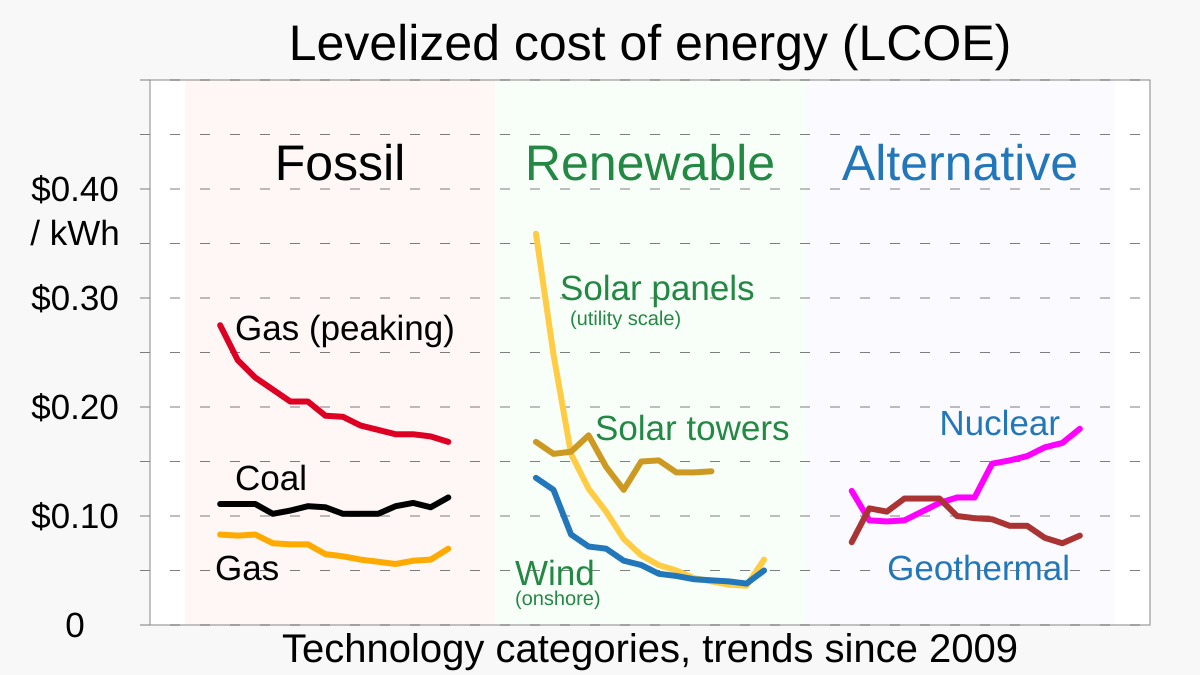pmcdonald
Well-Known Member
About 3 years to offset the carbon cost of manufacture. Panels generally have a 15-25 year lifespan, with some emerging products boasting a 40 year lifespan. The inverters we looked at had 10 year warranties. Batteries still aren't competitive for most households, but in some cases may be more cost effective than the alternative of running power over distance (ie. Rural or remote properties and communities).2 issues. First, you lay out the money to install a solar system. Everything done, you're a little poorer, but you're off grid. Mission accomplished, YAY! My first issue - for how long? Have you looked into the life expectancy of these components?
2nd issue. The environmental piece. Have you looked into what is involved in the manf. of these components? From obtaining the raw materials to producing the finished product? YUK! Now you've built it and have it in service, and times up. It quits and needs to be replaced. Not only must you repeat the above processes, you need to dispose of the timed out equipment - more YUK!
The ethical point is a good one, and I think applies to any product we purchase or consume. Are we sure our coal, gas or lithium isn't produced by countries subjugating their own or neighboring peoples? (Possibly less likely at this particular geopolitical moment.) How about that our steel isn't mined by corporations who don't think twice about leveling a 46,000 year old sacred site? Point is we should do our due diligence and hold our suppliers and corporations to a high standard. Activist shareholding has really started to change this space in recent years but the drive for lower production costs and higher dividends will be a continual tension.
Nuclear can be reasonably competitive if the plant already exists. Bear in mind many of the West's reactors are over 30 years old and approaching EOL. Factor in costs and lead time for new plants and forget about it, not even vaguely competitive with existing solar/wind/storage solutions.
This LCOE measurement in the graph below isn't without issues (what metric is?), but does point to the direction of the industry:


